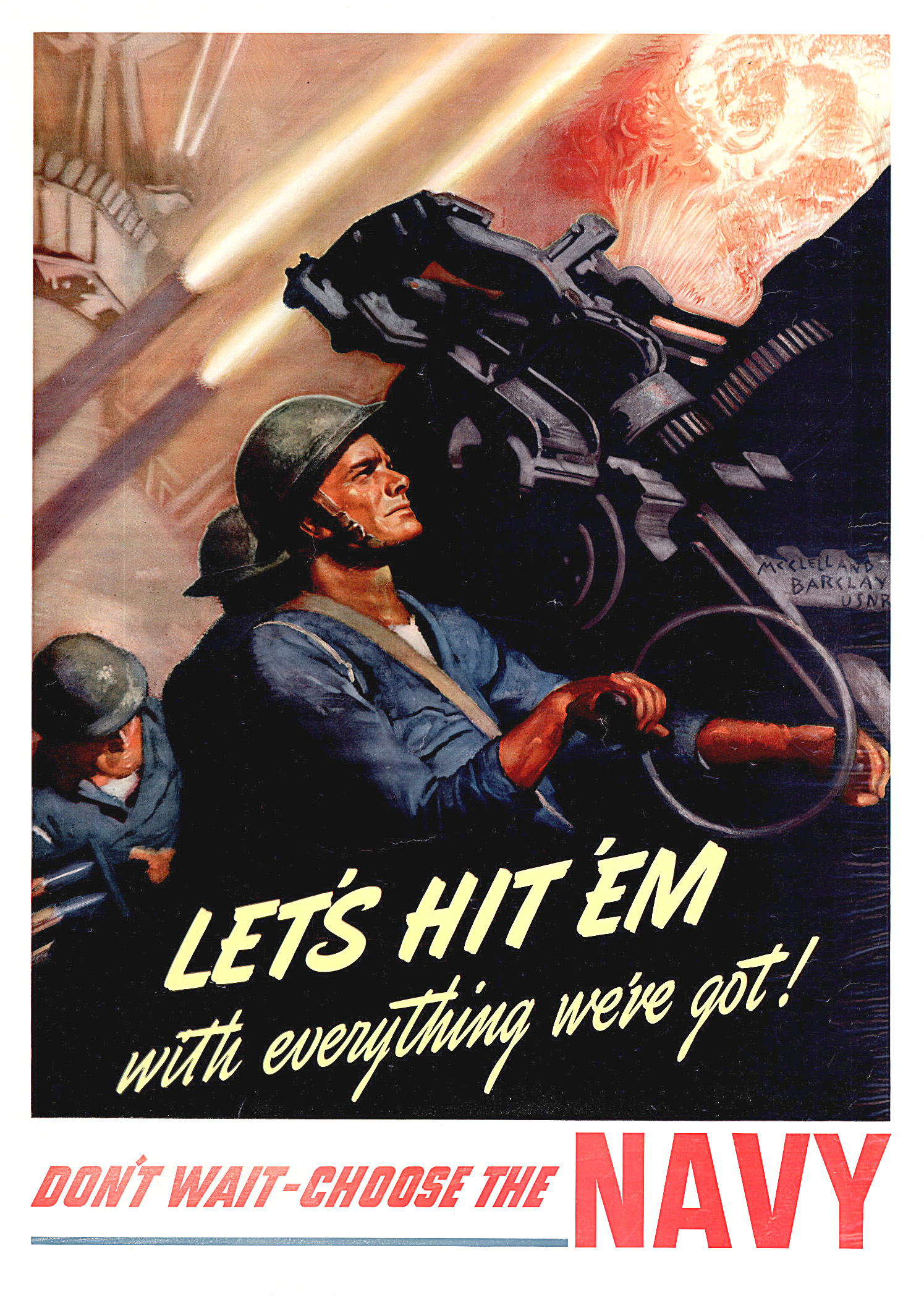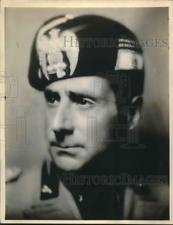


The need for such a glossary was indicated by the preparation of various partial lists during the war none of these, however, covered more than a fraction of the whole. it would be difficult to find a person who could even approach a perfect score in identifying "CAFAC," "JOSCO," and "OMPUS," to say nothing of "COLanForASCU," "LanCraBNAW," "NOBDUCHAR," and "PaCorNaLong," even while the war was in progress as it grows more distant, those symbols will become even less familiar.įor the benefit of naval personnel, officials, and scholars who may have occasion to consult correspondence, reports and historical narratives in which such abbreviations occur, it has seemed desirable to prepare a glossary identifying the principal terms likely to be encountered in such documents. most of the rest, however, were thrown around in familiar fashion by those immediately concerned, but might be thoroughly mystifying to the rest of the Naval Establishment. A few, such as "SecNav," "CominCh," "CNO," "BuPers," and "J.g.," were well-known throughout the service. The roads around Pearl Harbor were alive in wartime with vehicles marked "AdComPhibsPac." The waters of Casco Bay were plowed by small boats bearing at their bows the mystic inscriptions, "DesLant" or "SOPA." In a single dim corridor of the Navy Department, "OIR" and "OR&I" indicated adjacent but quite distinct offices of "EXOS."Īltogether the Navy produced, officially or unofficially, thousands of such abbreviations during the war. OFFICE OF THE CHIEF OF NAVAL OPERATIONS NAVY DEPARTMENT * WASHINGTON, D.C.Ī - B - C - D - E - F - G - H - I - J - K - L - M - N - O - P - Q - R - S - T - U - V - W - X - Y - Z Fifty-nine words which originally appeared in an addenda page have been integrated in the main text of the document. The text of this published glossary of abbreviations was prepared shortly after the close of World War II.


 0 kommentar(er)
0 kommentar(er)
